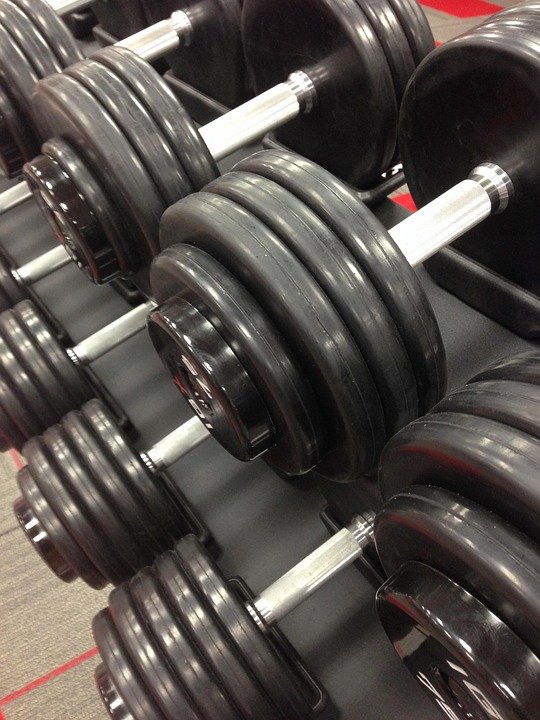Understanding Heart Rate Monitoring
Heart rate monitoring plays a crucial role in fitness tracking, helping individuals gauge workout intensity and overall cardiovascular health. Modern wearable devices, including fitness bands and smartwatches, use optical sensors to measure heart rate by detecting blood flow through the skin. For best accuracy, wear these devices snugly on your wrist. Advanced features often also include heart rate variability and recovery tracking.
For those engaging in high-intensity workouts, chest strap monitors provide greater precision by directly measuring the heart’s electrical signals. Comparing popular devices:
- Huawei Watch GT 6 Pro: Delivers comprehensive health metrics, including heart rate, sleep quality, and emotional well-being using innovative tracking algorithms. It also boasts improved battery life for extended usage [Source: Men’s Health].
- Apple Watch Series 11: Offers seamless health tracking integrated with iOS, providing effective heart rate monitoring over extended periods to aid workout optimization and recovery [Source: Men’s Health].
In summary, the choice of heart rate monitor should align with your fitness goals, considering factors like accuracy, user experience, and battery life. For integrating and interpreting heart rate data effectively, platforms like JEFIT offer comprehensive tracking features and usability.
Choosing the Right Device
Selecting the ideal fitness device depends on your goals, preferences, and budget. Here are key points to consider:
- Identify Your Goals: Are you focusing on general fitness, specific sports, weight loss, or detailed health tracking?
- Assess Features: Look for heart rate monitoring, GPS, sleep tracking, and app compatibility. For example, the Amazfit T-Rex 3 Pro includes over 180 workout modes but may have syncing issues, whereas Garmin’s Instinct 2X offers fewer workout types but more reliable data sync [Source: Android Central].
- Consider Battery Life: Devices like the Huawei Watch GT 6 Pro provide extended battery longevity, which is ideal if sleep tracking and long-term monitoring are priorities [Source: Men’s Health].
- Compatibility: Ensure that the device syncs smoothly with your smartphone’s operating system and preferred fitness apps.
Comparing notable devices:
By understanding your specific fitness requirements and device offerings, you can choose a device that optimally supports your exercise routine. The JEFIT app also integrates seamlessly with apple watch and wear os for enhanced fitness tracking.
Maximizing Your Heart Rate Data
To leverage heart rate data effectively, pairing a reliable wearable with a comprehensive mobile app is vital. Devices like the Amazfit T-Rex 3 Pro provide extensive workout variety but may lack detailed heart rate differentiation, whilst Garmin Instinct 2X emphasizes accuracy with around 90 workout types [Source: Android Central].
. For Apple Watch users, consistent wear, particularly during sleep, facilitates long-term heart rate variability tracking and recovery evaluation [Source: Men’s Health].
Additionally, fitness apps like JEFIT provide platforms to log, analyze, and adjust workouts, maximizing fitness optimization through actionable feedback and goal tracking (related article).
Integrating Heart Rate Monitoring into Your Routine
Incorporating heart rate monitoring transforms workouts by enabling exercise within targeted heart rate zones to optimize specific fitness outcomes such as fat burning, endurance, and peak performance.
Wearable devices like the Huawei Watch GT 6 Pro provide insights into recovery and cardiovascular health, along with sleep quality summaries [Source: Men’s Health]. Garmin devices, known for durability and accuracy, are also reliable though typically pricier than brands like Amazfit, which despite syncing challenges, cover a broad workout range [Source: Android Central].
The JEFIT app brings robust tracking that integrate well with heart rate devices, allowing for real-time progress monitoring (related workout logging tips).
By embracing heart rate zones within your fitness schedule, supported by reliable wearables and apps like JEFIT, your training becomes more precise and results-oriented.
Troubleshooting Common Issues
When fitness apps or devices do not perform as expected, consider the following common troubleshooting steps:
- Syncing Issues: Ensure Bluetooth is activated, software and app are updated, and try restarting both the device and app. Garmin and Amazfit users frequently report syncing difficulties [Source: Android Central].
- Battery Life Problems: Minimize GPS use and reduce notifications to improve battery longevity. The Huawei Watch GT 6 Pro features enhanced battery management compared to competitors [Source: Men’s Health].
- Inaccurate Tracking: Verify correct sensor placement and device settings. Inaccurate readings can also occur due to loose fit or motion artifacts, as noted with devices like Apple Watch [Source: Men’s Health].
- App Crashes or Freezing: Update to the latest app version, reinstall if necessary, and confirm device compatibility.
Applying these guidelines can greatly improve user experience and reliability of fitness tracking tools. For additional help, visit the JEFIT support page.
Conclusion: Take Charge of Your Fitness Journey
Empowering yourself with the right tools and knowledge is vital to success in fitness. Fitness tracking technologies enable detailed monitoring of heart rate, workouts, and wellness data, providing insights that drive improvement.
Research highlights that consistent tracking correlates with improved health outcomes. Devices like the Huawei Watch GT 6 Pro offer accurate heart health and sleep insights, while brands like Garmin focus on robust workout options at a premium [Source: Men’s Health], [Source: Android Central]. Amazfit offers a budget-friendly, versatile experience for many users.
The choice depends on personal fitness goals, with apps like JEFIT offering wide-ranging features including an extensive exercise database, community engagement, and customizable workouts to keep motivation high and progress measurable (motivation tips, workout consistency).
Take charge of your fitness journey by selecting the right device, mastering heart rate data, integrating monitoring into your routines, and utilizing supportive apps and troubleshooting strategies.
References
Post Views: 38
This post is brought to you by: Source link
Heart Rate Monitoring Explained: Get The Most From Your Watch | Jefit, 2025-10-08 13:59:00













